Biddulph Grange Garden is a National Trust-managed property in Staffordshire, England. It is a Victorian garden created by James Bateman who collected plants from around the world, and the gardens are inspired by different areas of the world, such as Italy, Egypt, and China. There is a mansion here, but it is not open to the public. The gardens here are unique; I've not visited a place quite like this.
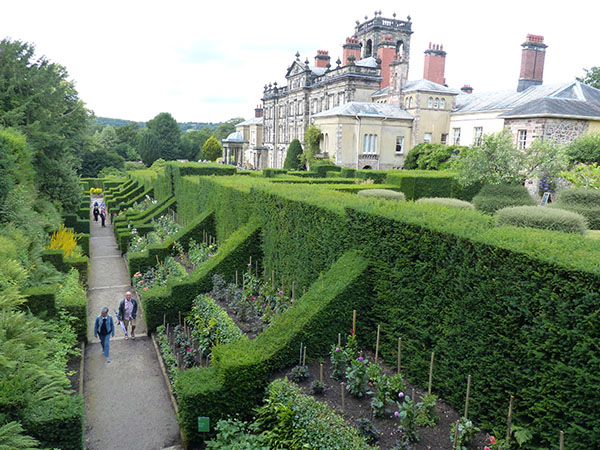
Fushias and other flowers in bright red colours lead down into the gardens from the mansion. These lead to the lake and then around to the Dahlia Walk at the lower part of the gardens. A team of gardeners was working on the dahlias during my visit at the end of July, but it was at the start of the dahlia season. I am sure that they look beautiful in mid-August.
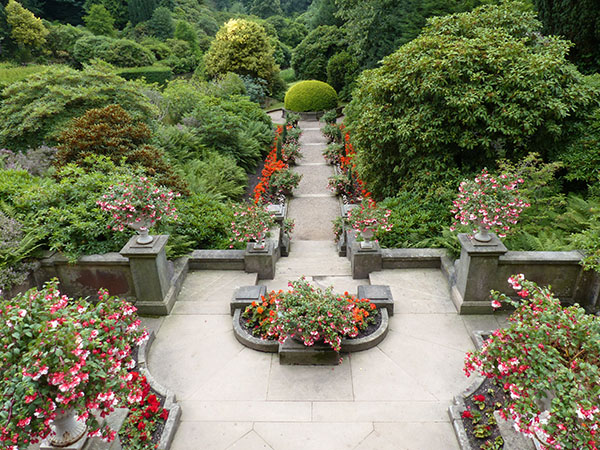
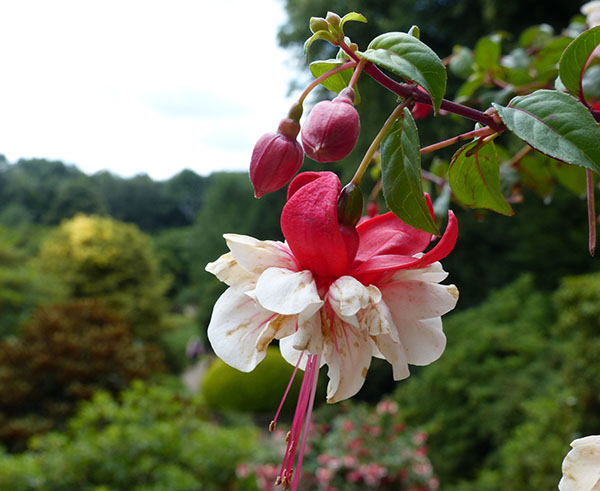
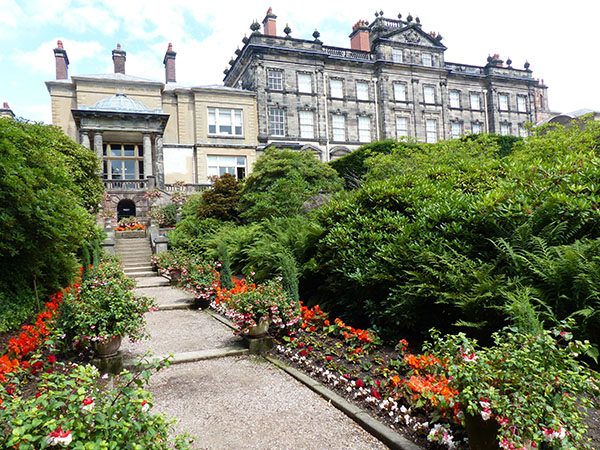
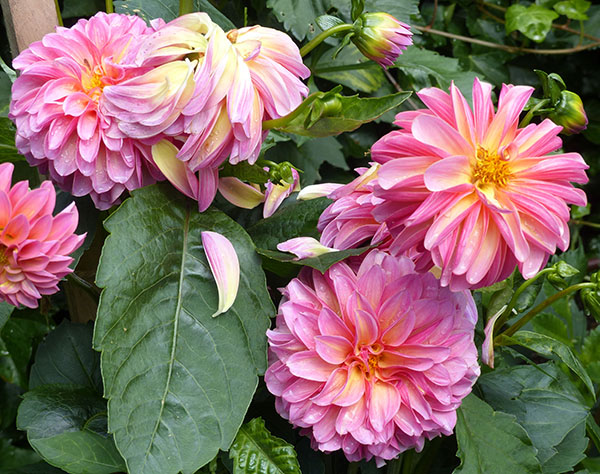


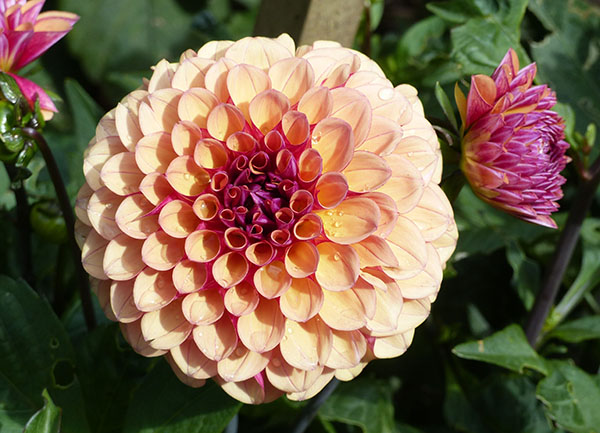
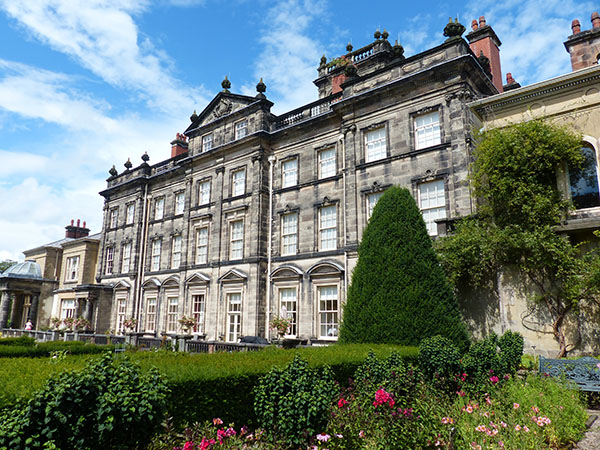
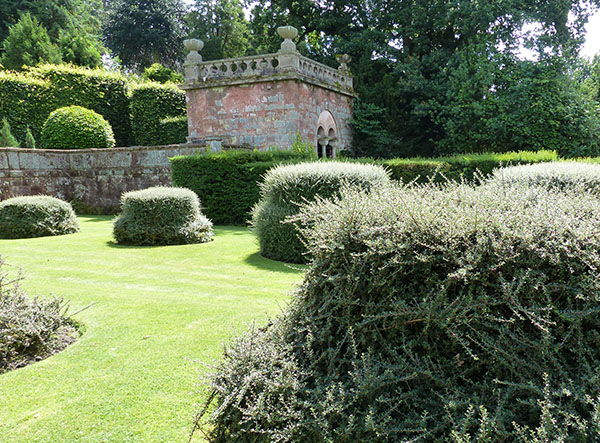
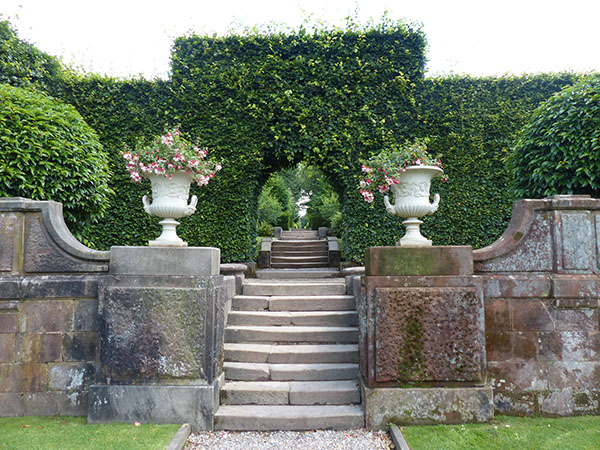

The Geological Gallery was opened in 1862, and it uses the seven days of creation in the Bible with a display of fossils set into the walls.
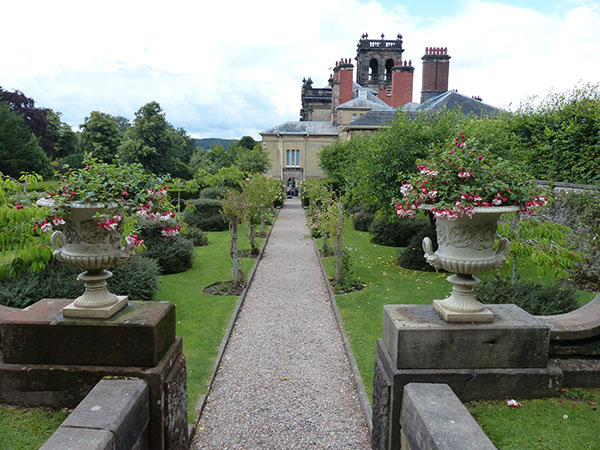

Wellingtonia Avenue was recently restored to its former glory in Victorian times. The avenue of conifers has views over the hillsides.

The Egypt Garden is created with yew to create the pyramid and frame the building, which contains a couple of rooms with statues and leads out to another side.


The Cheshire cottage dates from 1856, and it is at an unexpected part of the garden.
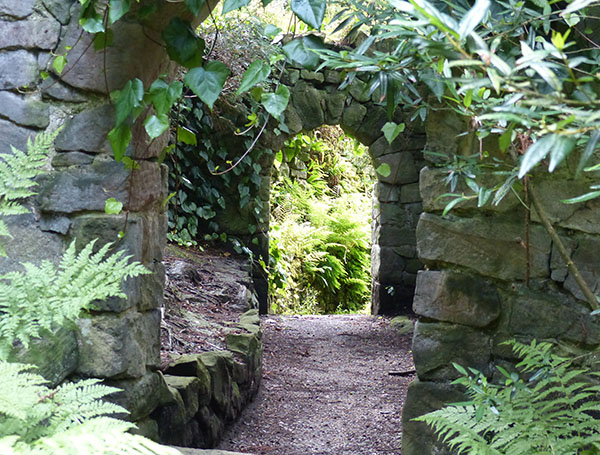
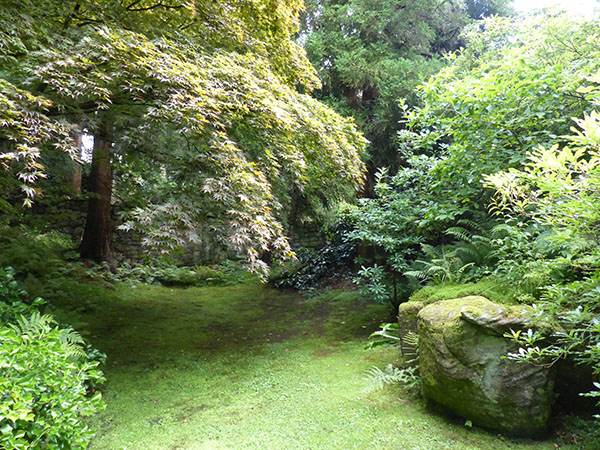
Various "ruins" are located around the gardens, and there are also various tunnels to walk through, trails with narrow walkways along streams and walk gardens, and other interesting corners of the garden. It is almost like a maze with something unique around every corner.

The China Garden is one of the other unique gardens, and it has a pagoda, ornamental doorways, bridge (closed during my visit), temples, and sculptured gardens. This is one of the unique areas of the gardens at Biddulph. The pond contains colourful fish.
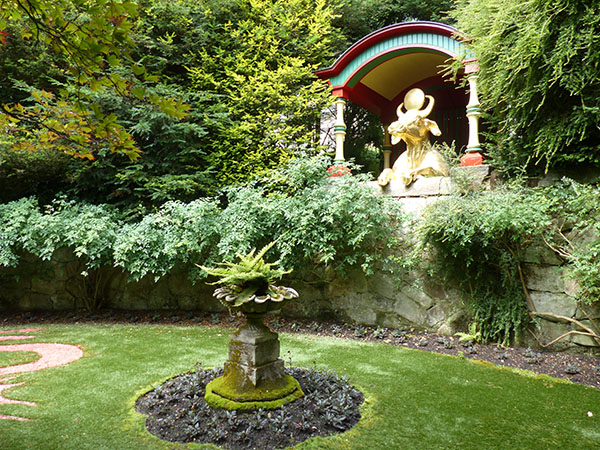


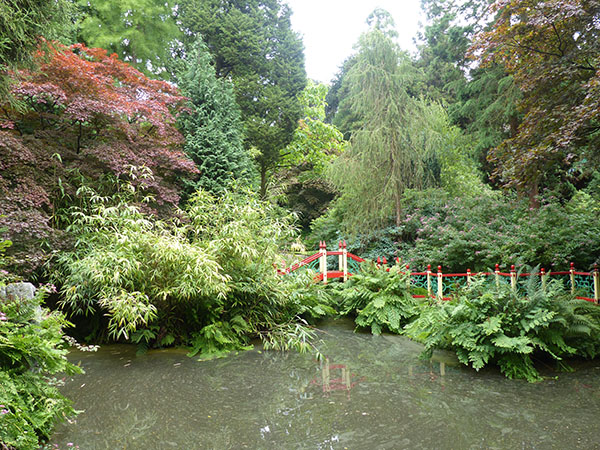
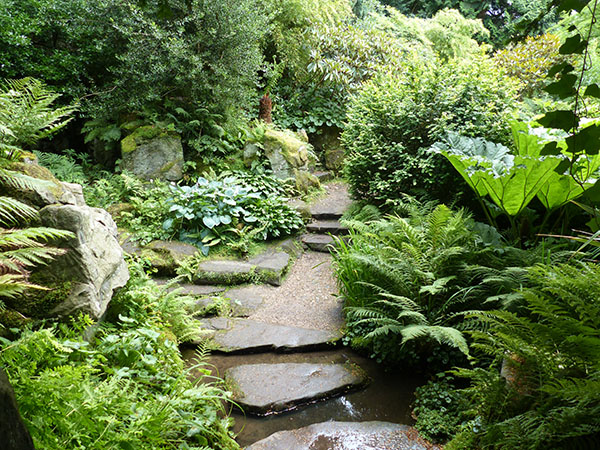
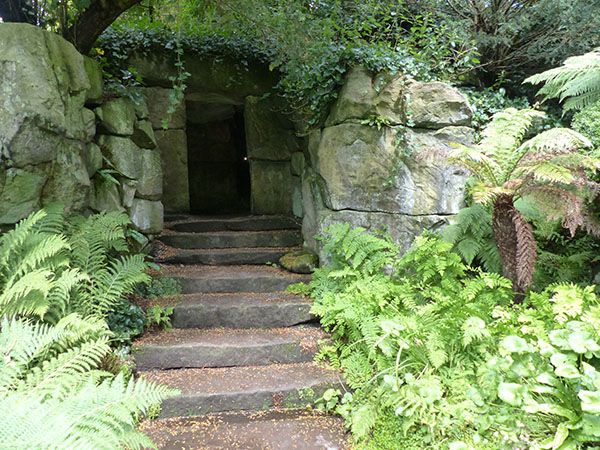


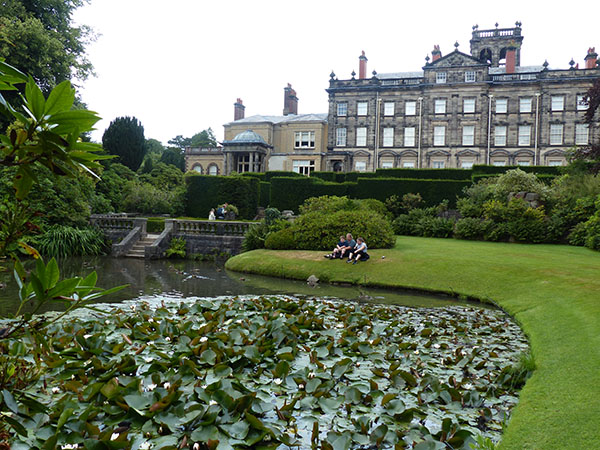
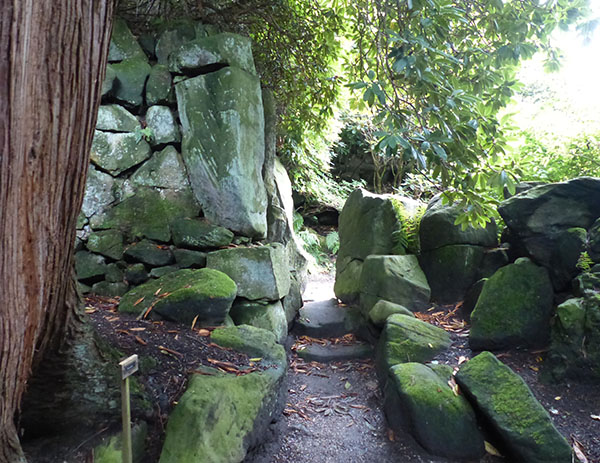
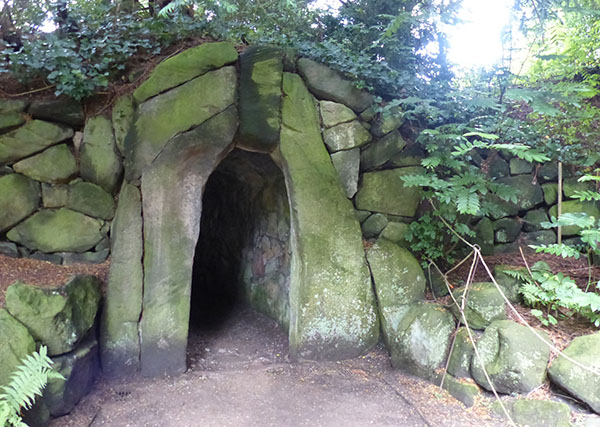

Biddulph Grange Garden contains a range of different species of plant and trees that will make the gardens appeal throughout the year.
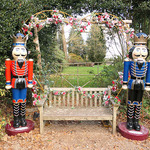
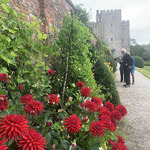
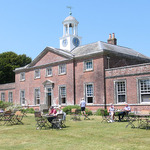
Leave a comment